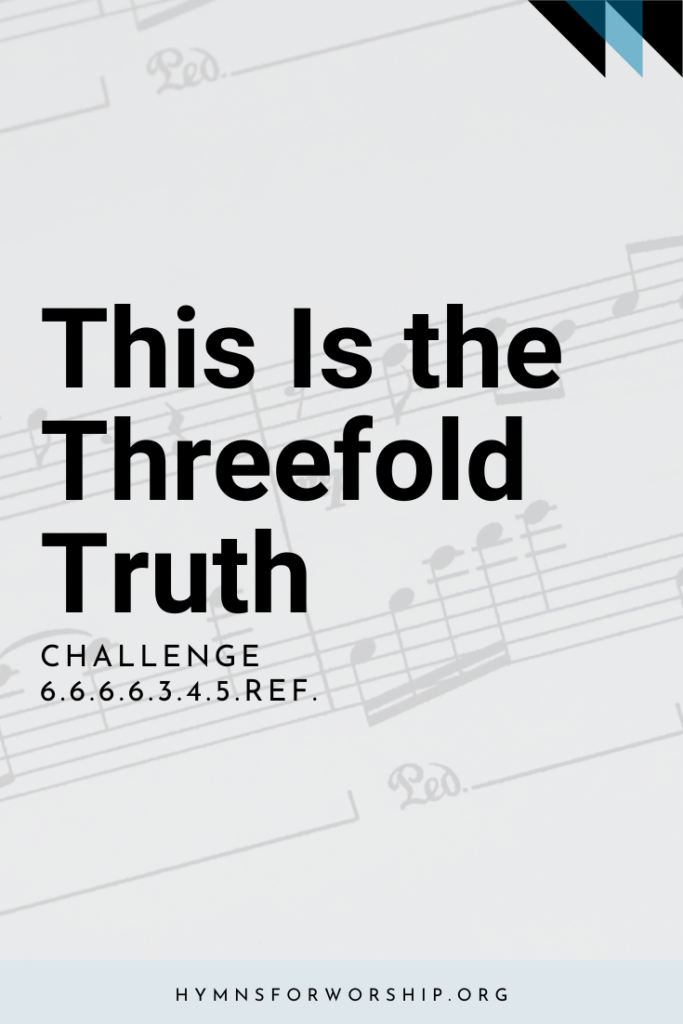CHRISTIAN LIFE >> FAITH & TRUST
SDAH 519
Give to the winds your fears;
In hope be undismayed:
God hears your sighs and counts your tears,
God shall lift up your head.


Text
1
Give to the winds your fears;
In hope be undismayed:
God hears your sighs and counts your tears,
God shall lift up your head.
2
To Him commit your griefs;
Your ways put in His hands
To His sure truth and tender care
Who earth and heave commands.
3
O put your trust in God;
In duty’s path go on.
Walk in His strength with faith and hope,
So shall your work be done.
4
Leave to His sovereign sway
To choose and to command;
So you shall, faithful, seek His way
how wise, how strong His hand!

Hymn Info
Biblical Reference
(a) Ps 3:3 (b) Ps 37:5 (d) Ps 89:13
Author
Paul Gerhardt (1607-1676)
Translator
John Wesley, 1739 (1703-1791) alt.
Year Published
1653
Hymn Tune
ST. BRIDE
Metrical Number
S.M.
Composer
Samuel Howard (1710-1781)
Year Composed
1762
Hymn Score
Piano Accompaniment
Notes
Get to know the hymns a little deeper with the SDA Hymnal Companion. Use our song leader’s notes to engage your congregation in singing with understanding. Even better, involve kids in learning this hymn with our homeschooling materials.
The original German hymn from which this was translated was written in 1653 and appeared in Cruger’s Praxis Pietatis Melica (The Practice of Musical Piety). It was entitled “Befiehl du deine Wege” (Commit Thy Ways), which are the first words of Psalm 37:5: “Commit thy way unto the Lord; trust also in him; and he shall bring it to pass.” It was written by Paul Gerhardt (1607-1676; see SDAH 57), and was an acrostic, each stanza beginning with the consecutive words of the verse in Luther’s translation. That is, if the same pattern were adopted in English, stanza I would begin with “commit,” stanza 2 with “thy,” stanza 3 with “way,” and so on. Gerhardt also wrote the originals of SDAH 57, “Now All the Woods Are Sleeping,” and SDAH 156, a translation from Bernard of Clairvaux, further translated as “O Sacred Head Now Wounded.”
John Wesley (1703-1791; see SDAH 177) translated this present hymn in two parts and entitled it “Trust in Providence.” The second part had four stanzas of eight lines each, from which our hymn has been selected and altered.
ST. BRIDE first appeared in William Riley’s Parochial Harmony, 1762, set to Psalm 130, with the title “St. Bridget’s Tune by Mr. Samuel Howard.” ST. BRIDE is the abridged form of Saint Bridget, the patroness of Ireland, who lived during the middle of the sixth century and was regarded by the Irish, Picts, and Scots as second only to the virgin Mary. Churches were dedicated to God and name in her memory. One of these is on the south side of Fleet Street, very near to Ludgate Circus, London. Noted for its tall steeple, it was destroyed in the Great Fire of London in 1666 and rebuilt by Christopher Wren in 1680.
Note that the tune begins in a minor key, modulates to the relative major key, then another modulation until it returns to the original key of G minor. Note also the complete descending octave in the melody of the third line and the movement in all four parts.
Samuel Howard was born in 1710 in London and became a chorister in the Chapel Royal under William Croft (see SDAH 103). He was organist at St. Clement Danes Church, and then at St. Bride on Fleet Street. Cambridge University conferred on him the D. Mus. In 1769. He assisted William Boyce in compiling his book Church Music. He died July 13, 1781 or 1782.






